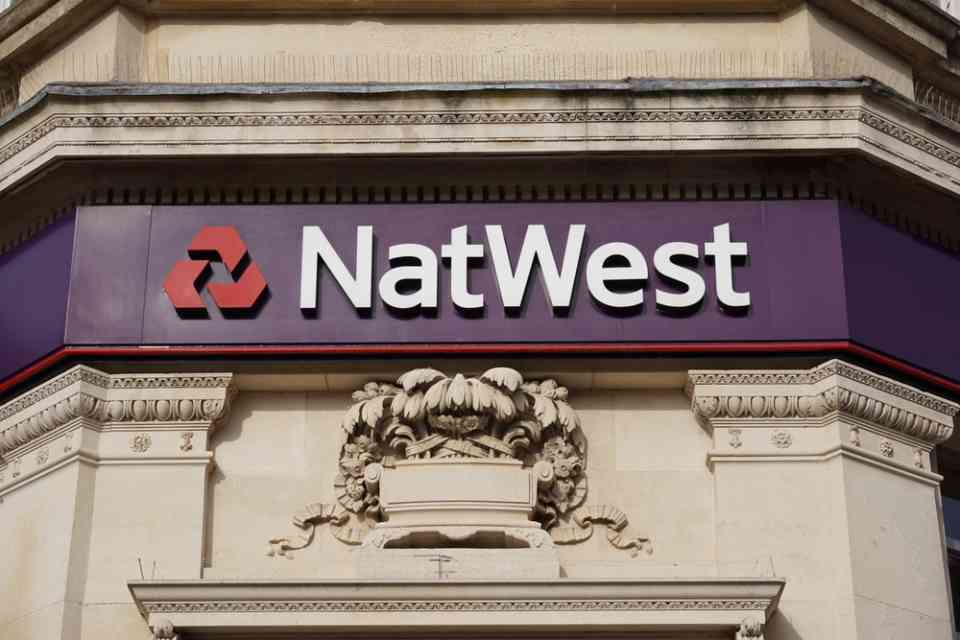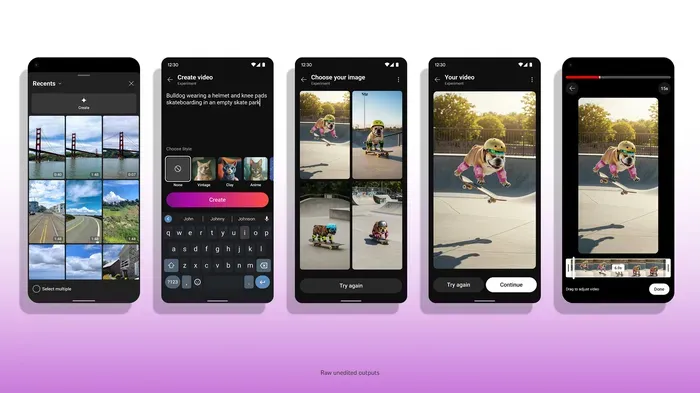Customer engagement is essential to the growth of any business, yet so many companies fail to do it effectively. This could be due to messy data, limited resources or lack of expertise.
Many companies do well in creating value for their customers, but the real key to a consistent growth engine is found in expanding value. Learn why you should aim for the latter when it comes to engaging customers.
Meaningful engagements drive customer lifetime value
In its simplest form, customer engagement refers to how brands interact with customers at every stage of the customer journey. Often, this engagement begins at the brand level before a prospect becomes a customer and continues through the buying process with the ultimate goal of having customer advocates.
Customer engagement involves building relationships with customers and creating meaningful experiences that may lead to a purchase (i.e., value creation) and endearing customers to your brand, leading to customer retention and additional purchases (i.e., value expansion). Put another way, creating meaningful customer engagement maximizes customer lifetime value (CLV).
Measuring your CLV lets you gauge how valuable a customer is to your company throughout their lifecycle. But not all organizations track this metric consistently. As a result, they miss out on assessing their strategy’s effectiveness and making adjustments to improve it continually.
Then again, for organizations to measure CLV consistently and accurately, they must have a defined data governance process and the right tools. Having visibility into CLV lets you approach customer segmentation from a revenue and growth perspective.
Once this segmentation is defined, you can prioritize segments with the highest yield and revenue potential and personalize the experience for those customers.
The customer journey and how it impacts engagement
It will be virtually impossible to drive meaningful customer engagement if you do not understand the end-to-end customer journey. Why? Because each stage has an impact on engagement and affects different departments within your organization, providing an opportunity to personalize the customer experience.
At my company, looking at the customer journey involves looking at the parallel journeys of the customer and their business, as seen below:

While this is a macro view of the journey, it still enables organizations to determine where the move from value creation to value expansion occurs and, more importantly, see it through the lens of their customers.
By knowing each stage of the customer journey, even at a macro level, businesses can develop and continually optimize effective strategies for creating sustainable growth.
Understanding the roles responsible for the various customer journey stages is also essential. This shared understanding drives collaboration across the organization and keeps the customer as the focal point.
Just aligning marketing and sales is only a tiny fraction of what is needed to go from value creation to value expansion, as seen in the image below. It really does take a village.

Moving from value creation to value expansion
I have worked with companies that create ideal customer profiles based on certain information. They develop personas after speaking to several of their customers, doing some research and adding in a sprinkle of their tribal knowledge. Many also look at customer feedback, response to NPS surveys, etc.
While they are good steps to getting closer to customers, this approach has one fundamental problem… Think of a new car. The minute you drive it off the lot, its value depreciates. Manually created profiles are the same — even if these can be developed and launched in weeks.

Markets and customers change quickly. It is the regular ebb and flow of people — who are still the most important in B2B. This is why the ability to derive real-time insights into your customer data and continually optimize your engagement strategy is necessary. Again, this is done only by having data that is in good order and the practical application of machine learning (ML) and artificial intelligence (AI).
By having these tools in place, you can gain better insights into the full customer journey, identify any shifts or changes and even predict the behavior and engagement of their customers. This knowledge lets you personalize engagement across the customer lifecycle by audience segment — and even down to the individual customer.
While there is no space to outline all the various strategies that can be deployed at every stage, the data insights will provide an understanding of the preferences of customers, which will dictate the approach to engagement.
Considering that at least 80% of B2B buyers expect a buying experience like that of a B2C customer, it is not a matter of whether a company should do this but when and how soon.
Saying that the best way to move an organization from value creation to value expansion is to deliver meaningful engagement and a world-class experience at every stage of the customer journey might be overly simplistic.
The growth maturity of an organization will determine how long it will take to get there. Regardless of the time and investment needed, full customer alignment and engagement can create a sustainable growth culture in any organization. It can be done and should be measured — more on that in future articles.
Dig deeper: 3 steps to navigating the complex customer journey
Get MarTech! Daily. Free. In your inbox.
Opinions expressed in this article are those of the guest author and not necessarily MarTech. Staff authors are listed here.




























































![6 Essential Ingredients for Winning Ads [Infographic] 6 Essential Ingredients for Winning Ads [Infographic]](https://imgproxy.divecdn.com/uTNt2ASUWhVsKl22uIAMtoyUXTeSV_b9Sst3p7mB1gg/g:ce/rs:fit:770:435/Z3M6Ly9kaXZlc2l0ZS1zdG9yYWdlL2RpdmVpbWFnZS82X2FkX2VsZW1lbnRzXzIucG5n.webp)









